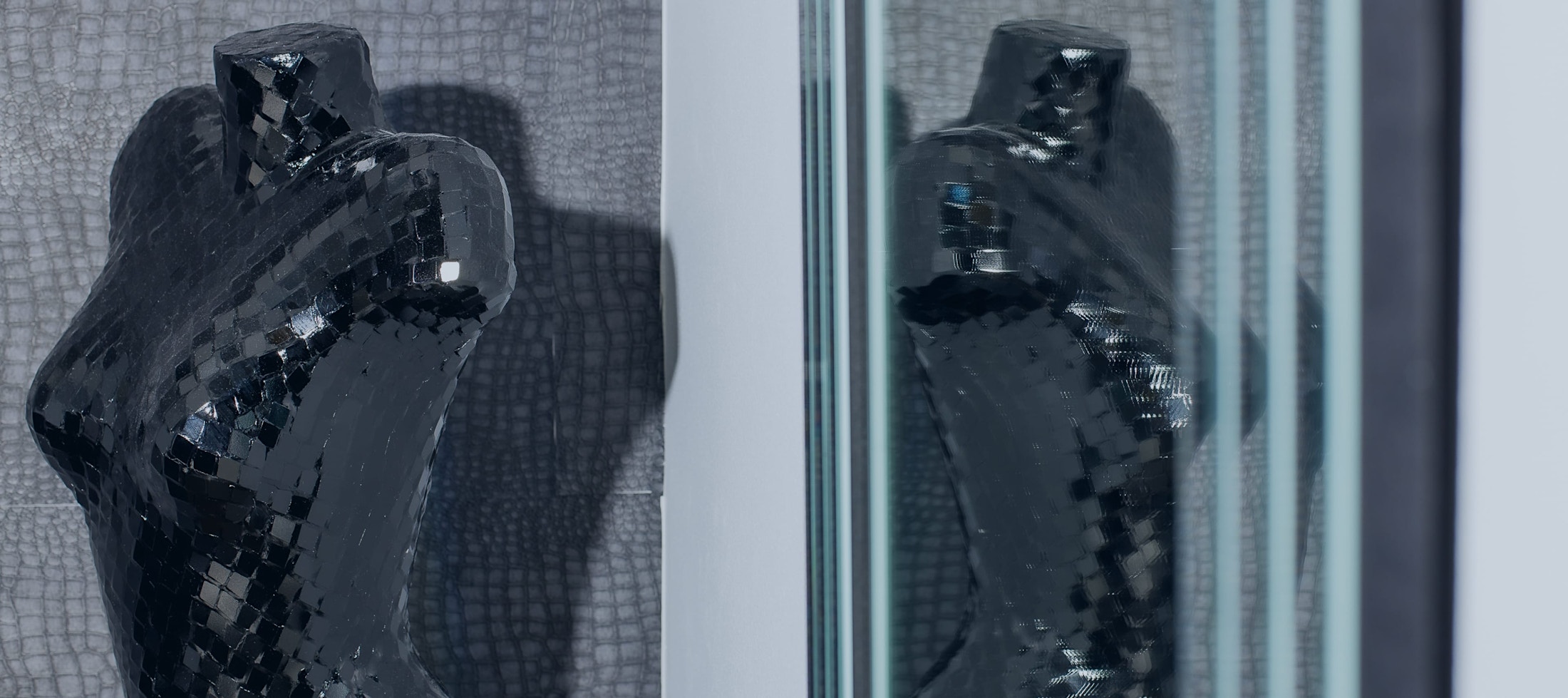If you’re suffering from cubital tunnel syndrome, cubital tunnel release surgery can decompress your ulnar nerve, alleviating your pain and restoring the strength of your hand.
Benefits of Cubital Tunnel Release
Cubital tunnel release surgery can offer numerous benefits for individuals suffering from cubital tunnel syndrome, including the following:
- Reduced pain and discomfort around the elbow, hand, and fingers
- Improved range of motion in the arm and hand
- Long-lasting results
- Elimination of other cubital tunnel syndrome symptoms, such as tingling and numbness
- Relatively short recovery time
- Improved day-to-day comfort





